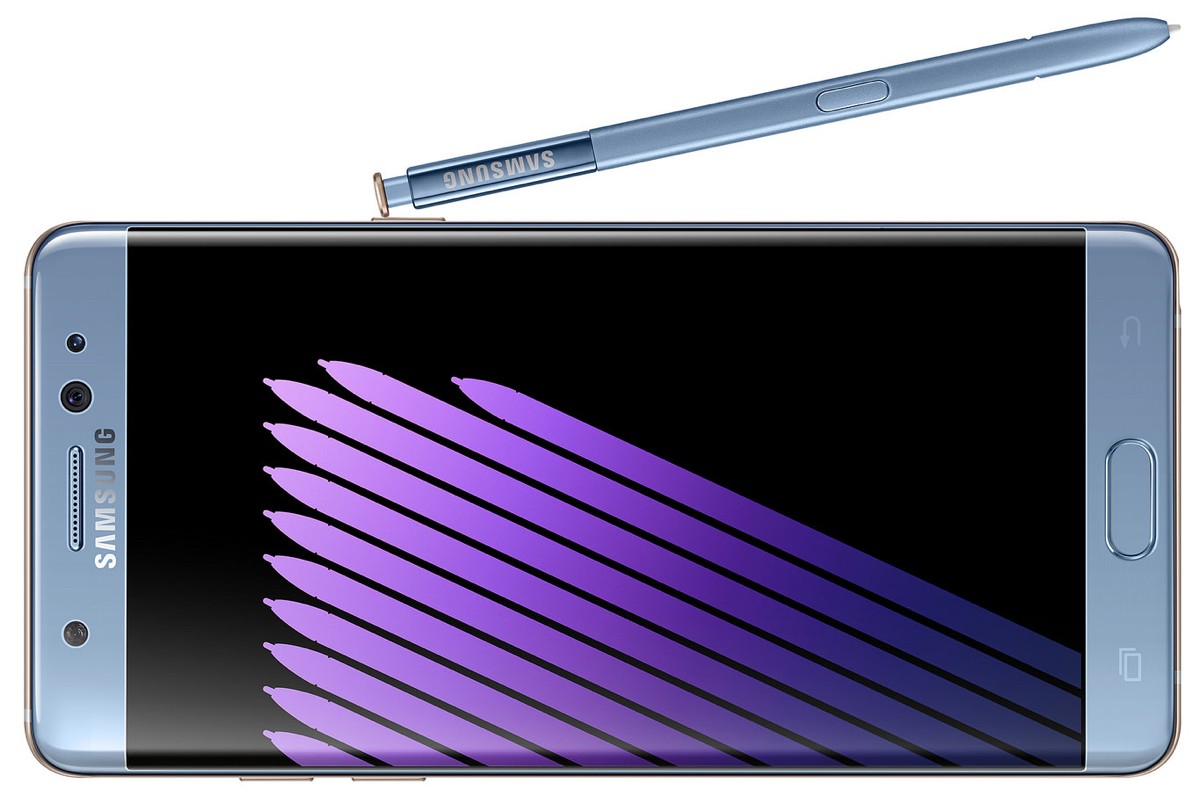
After news started circulating recently that dozens of Samsung’s Galaxy Note 7s were catching fire and exploding from overheated batteries, the South Korean company was already looking at a damaged-goods situation for its brand. Then it was revealed that a 6-year-old boy in Brooklyn, N.Y., had to be rushed to the hospital over the weekend to be treated for burns he experienced when his Galaxy Note 7 exploded in his hands.
That piece of news really pushed Samsung’s problems into viral territory. “He doesn’t want to see or go near any phones,” his grandmother told the New York Post.
Now, Samsung has a branding problem on its hands like never before. Few products in gadget history have gotten off to such a bad start.
The fiasco “couldn’t come at a worse time,” said Ben Hordell, founding partner of DXagency.
Earlier this month, Samsung launched a voluntary recall of the 2.5 million Galaxy Note 7 units it’s sold since launching the high-end device ($850 retail), which was billed as a “powerful instrument for achievement and self-expression and is made for those who want to get the most from their phones.” Last week, the Federal Aviation Administration in the U.S. put out a statement asking fliers not to turn on or charge the phones on flights. It additionally warned travelers not to store the devices in checked luggage.
On Friday, the manufacturer asked all smartphone owners to shut off and return their phones for a new device by Sept. 30.
“In response to our recent announcement regarding battery cell issues with the Galaxy Note7, we are advising that you power down your Note7 and exchange it now, as part of our U.S. Product Exchange Program for all Galaxy Note7 owners,” Samsung said in a statement. “We strongly advise all customers to use this exchange program because your safety is our top priority. Additional sales and shipments of the affected devices have been stopped, but if you already have a Galaxy Note7, we strongly advise that you replace it.”
In addition, customers who swap their phones receive a $25 gift card that can either be used in-store or as credit toward their bill.
It has been a blow for Samsung, especially as Apple looks to lock in preorders of its iPhone 7 in the coming weeks. By Monday, Samsung Electronics’ shares had fallen by roughly 7 percent, and $14.3 billion has been wiped off the brand’s market capitalization.
“With the recent buzz surrounding the iPhone 7 and the potential for Samsung users to be without their device for a period of time, the idea of switching will gain steam,” Hordell said. “Apple was dealing with some blowback regarding headphone jacks and the potential to lose AirPods. These concerns are far outweighed by a 6-year-old being burned by a phone.”
“I think they’ll have to overdeliver on future products to cover,” added Chris Tuff, evp and director of business development and partnerships at 22squared.
Besides safety concerns, the recall may hurt Samsung’s goal of attracting high-end media and brand partnerships, said Stephen Beck, founder and CEO of Engine Digital.
“While I don’t imagine this will stop brands and agencies from developing for Android, as it reaches far beyond Samsung hardware, I do see this creating some challenges for Samsung from a partnership perspective,” he said. “As we’re seeing across hardware, software and media brands, exclusive sponsored content and experiences are becoming more and more a part of the toolkit in attracting and retaining users. Losing those valuable partnerships could be an added blow beyond a hit to the stock price.”
Andrew Howlett, chief digital officer at Rain, disagreed, saying the recall won’t impact consumers’ opinions of Samsung.
“Consumers will see this as a hardware issue and won’t associate it with the software or experiential side of the product,” he said.
Meanwhile, Hordell had some logical but sound advice for marketers on how they should talk about smartphones in the coming weeks and months.
“I would caution brands to avoid saying their new phones are ‘hot’ or ‘on fire,'” he said. “It may sound silly, but the issue is serious. And when in crisis, brands must choose their words carefully.”
END

Be the first to comment